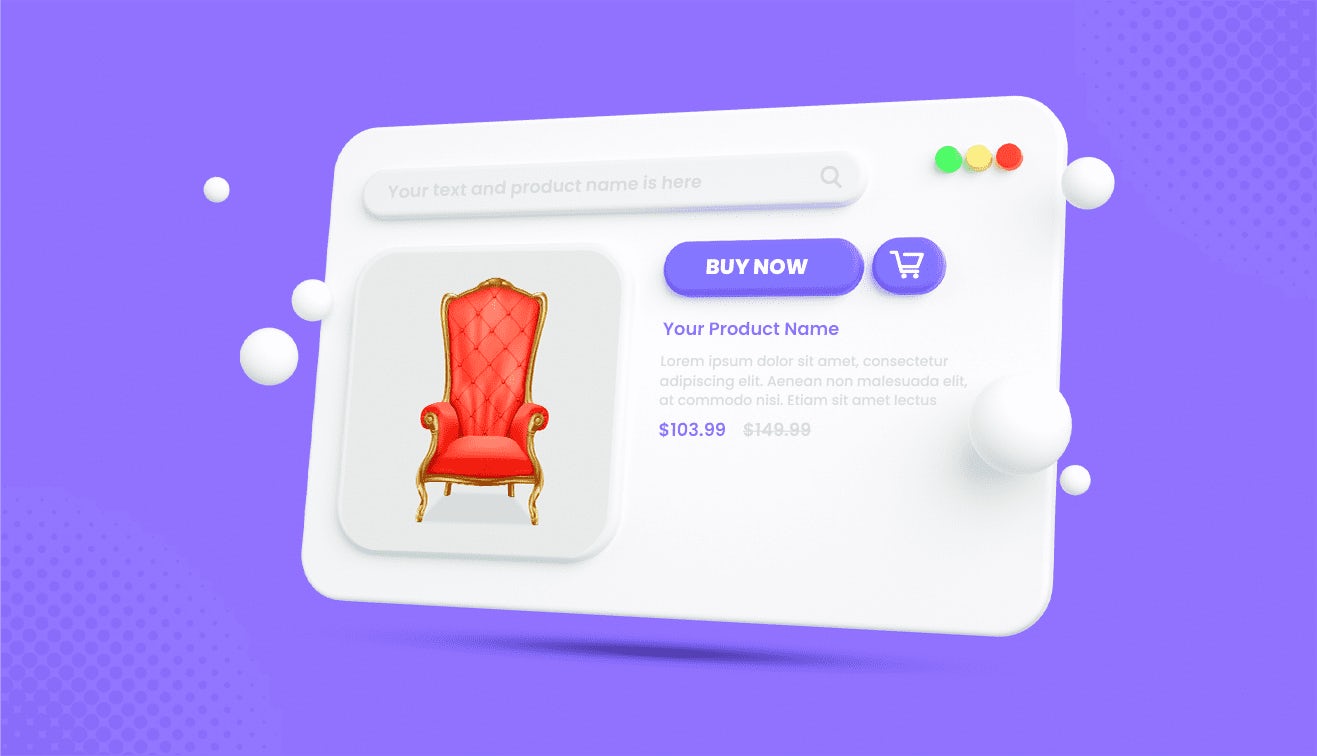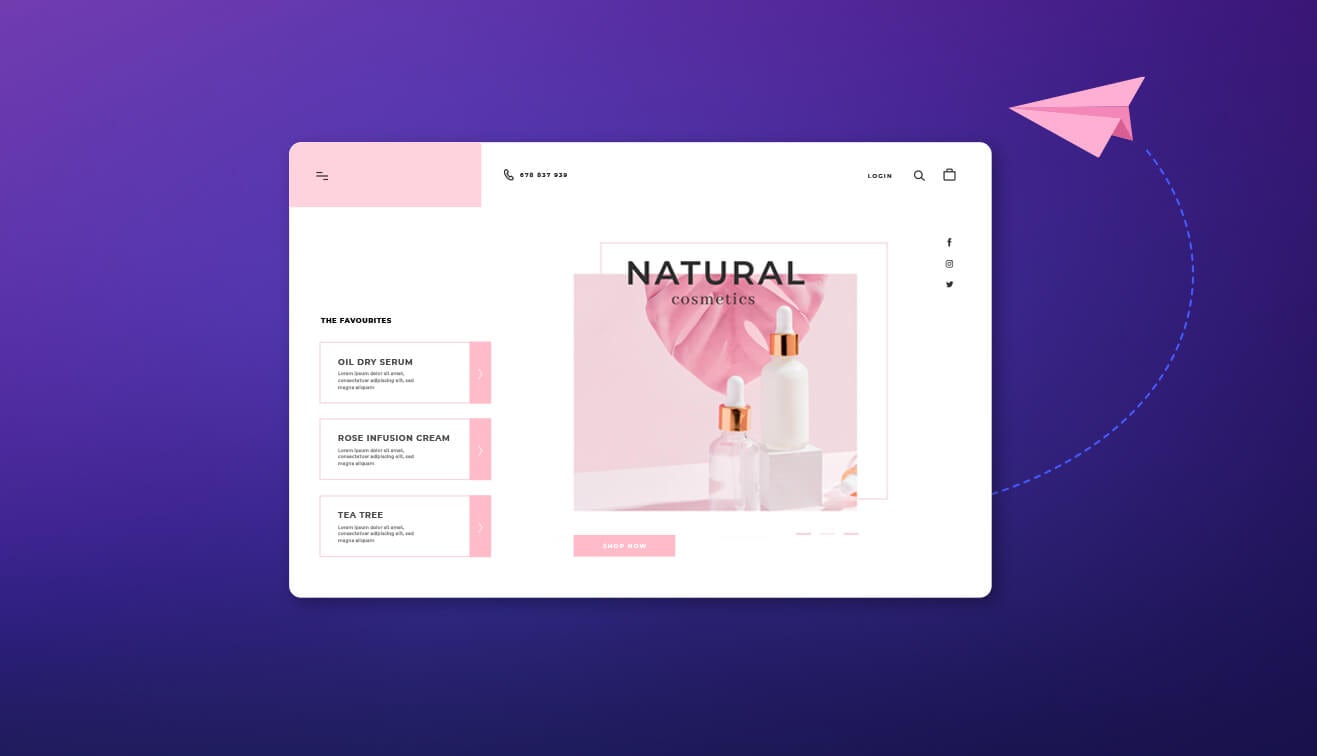In recent years, omnichannel strategies have gained traction alongside the proliferation of new apps and platforms offering advertising space.
Although commonly associated with retail, the concept of omnichannel extends to various industries, emphasising the holistic portrayal and experience of a brand across all touchpoints and operational locations.
An omnichannel strategy is a way to communicate with your customers in a unified way through multiple channels, which is becoming popular nowadays when it comes to e-commerce. Research shows that companies with omnichannel customer engagement strategies retain 89% of their customers.
According to Omnisend data, omnichannel marketing can bring nearly six times more sales than channel marketing.
As per Google Research, 90% of multiple device owners switch between devices every day, using an average of three devices to complete a task.
Why Should Brands Invest in Omnichannel in 2024?
Before the COVID-19 pandemic, consumers shopped across various channels and devices. An increasing number of individuals were utilising online platforms for research before making purchases in physical stores.
Research by Think with Google revealed that employing omnichannel strategies contributed to approximately 80% of customer visits to brick-and-mortar stores. Additionally, a significant portion, up to 74%, of consumers conducted online research before visiting a physical store.
This trend underscores a crucial point: Despite the prevalence of online shopping, 55% of consumers still value the tactile experience offered by physical stores. Even if their final purchase is made online, their interactions and impressions formed during in-store visits significantly influence their decision-making process.
Furthermore, there was a substantial surge in online orders fulfilled through in-store pickups during the pandemic, with a growth rate of 208%. This shift reflects the evolving expectations of consumers, with 67% now anticipating the option to make online purchases and retrieve them from a physical store.
Omnichannel Strategies Drive Revenue Growth
Fifteen years ago, the typical consumer relied on just a couple of digital touchpoints for product purchases, with only 7% utilising more than four. Nowadays, customers engage with an average of nearly six touchpoints, and 50% regularly employ more than four.
To be noted, companies can significantly enhance their order rate by a substantial 494% by expanding to three or more channels.
In 2020, U.S. retailer Target achieved its highest quarterly results, witnessing a 24.3% surge in sales and a remarkable 195% increase in digital sales. It managed to capture market share from all its physical competitors by seamlessly integrating physical and digital areas—a strategy known as omnichannel.
Target's analysis revealed that multichannel customers spend four times more than in-store customers and ten times more than digital-only customers. During that quarter, their stores fulfilled over three-quarters of their online sales.
Marketers have recognised that employing three or more channels in a campaign can yield a 287% higher purchase rate than single-channel campaigns. Additionally, customer purchase frequency is 250% higher on omnichannel platforms than on single channels, leading to a 13% increase in average order size.
It seems to be interesting that omnichannel consumers have a 30% higher life value to brands than those consumers who purchase using only a single channel.
.jpg)
































































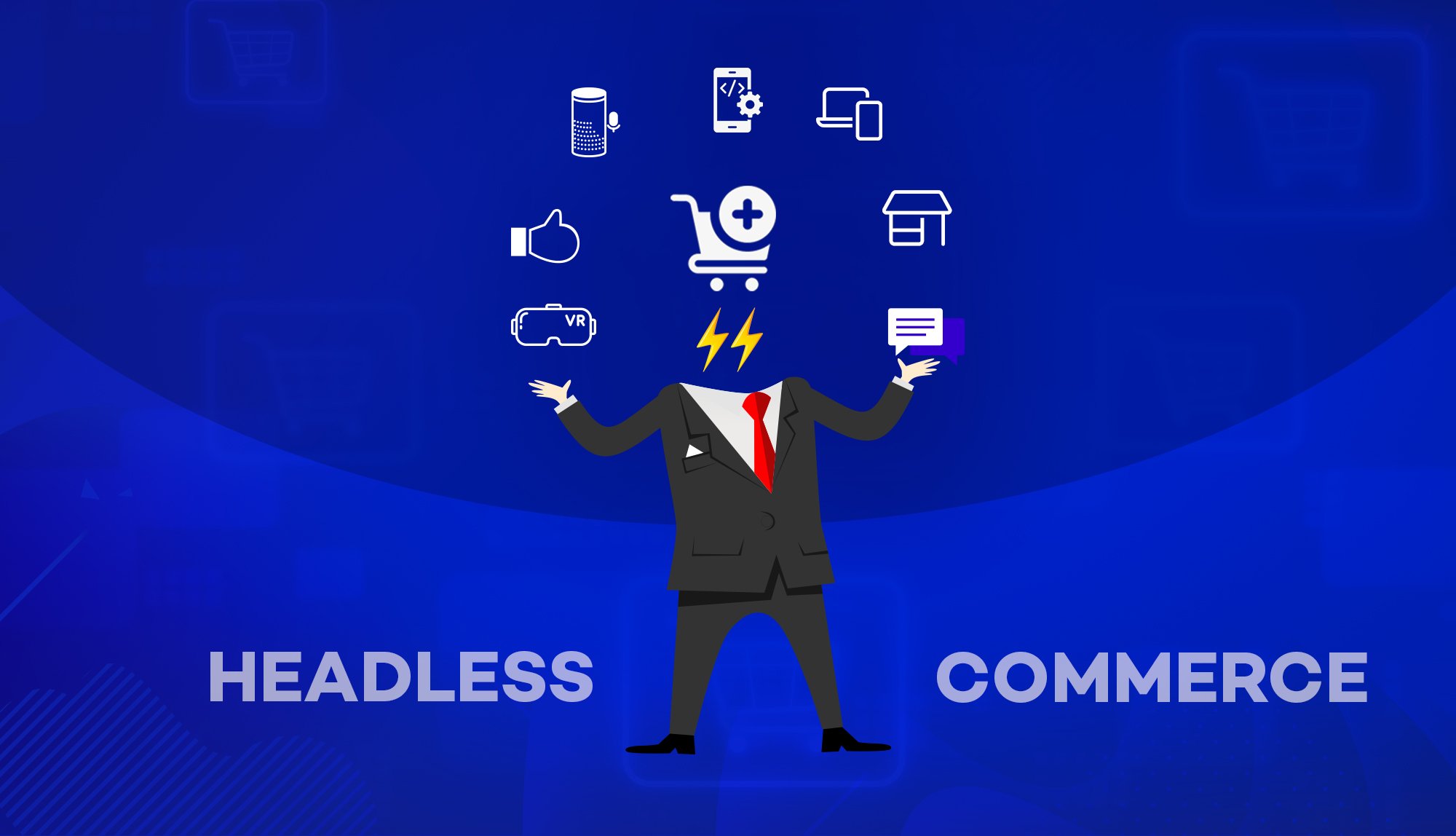
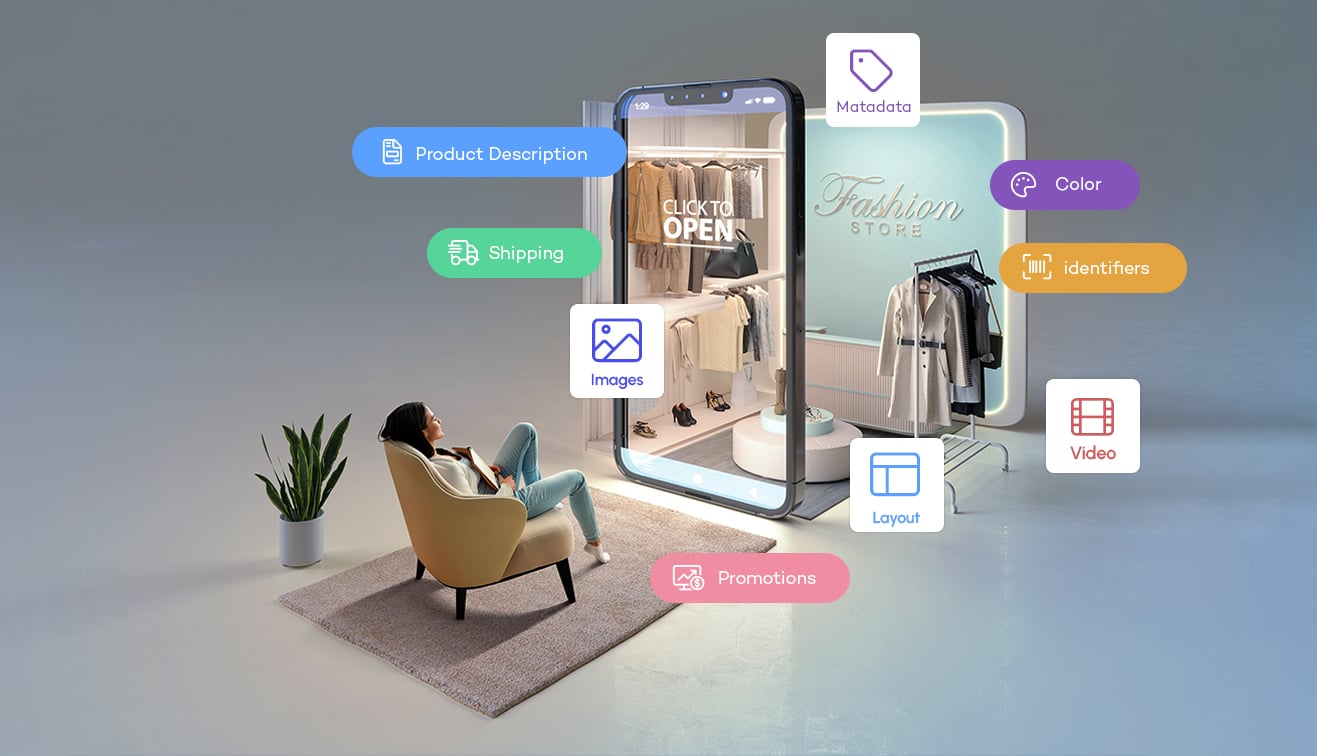

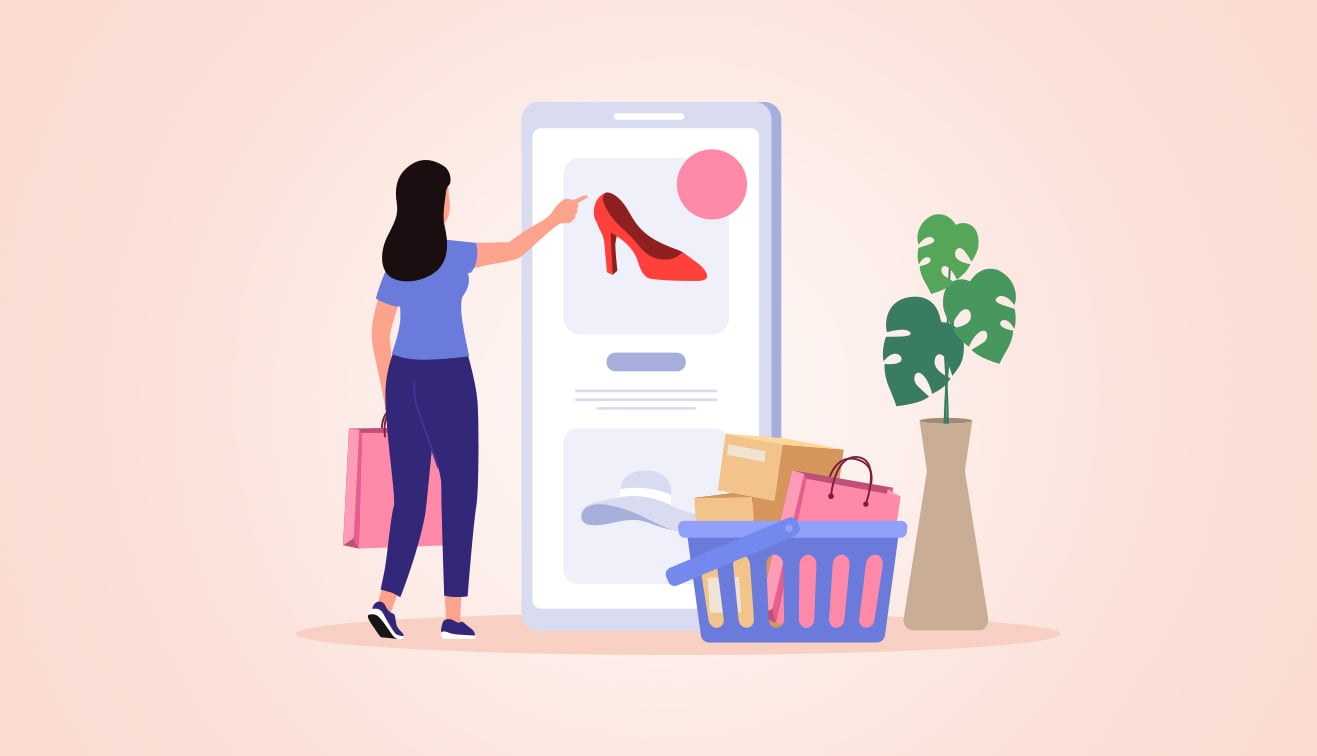

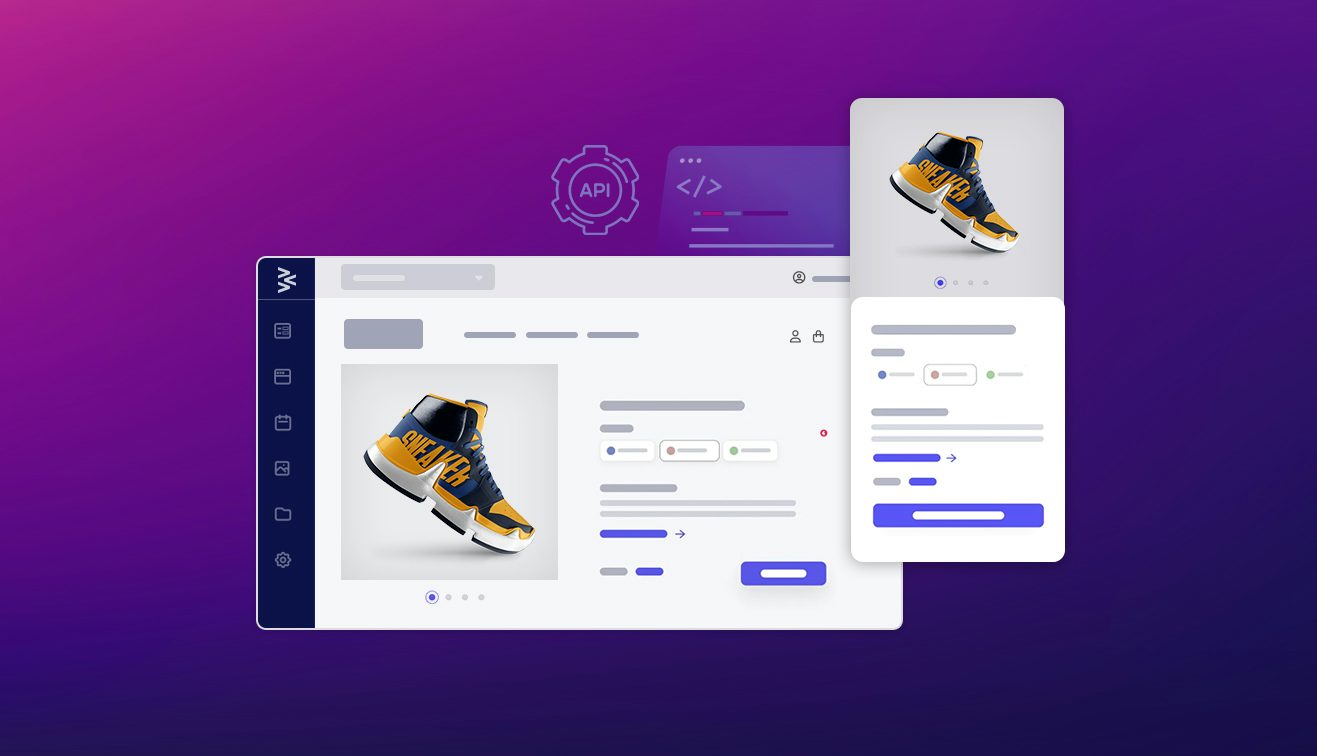

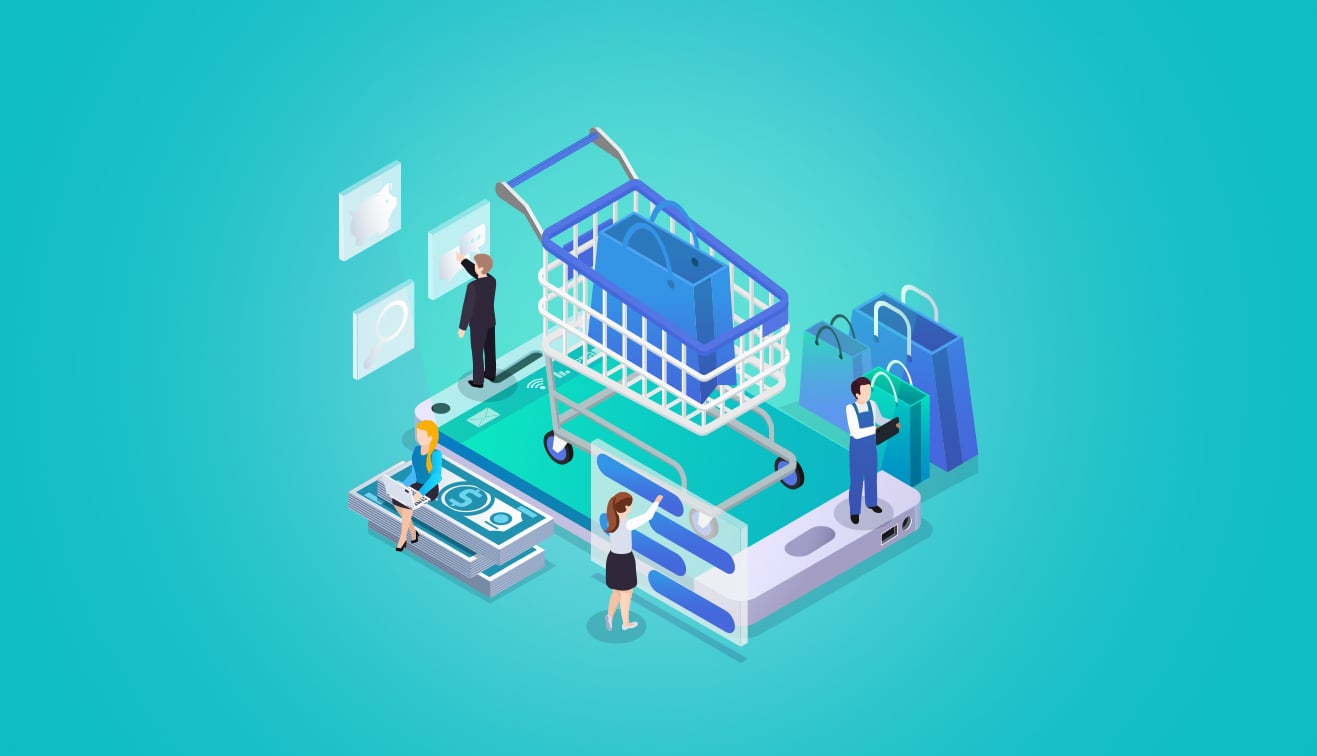


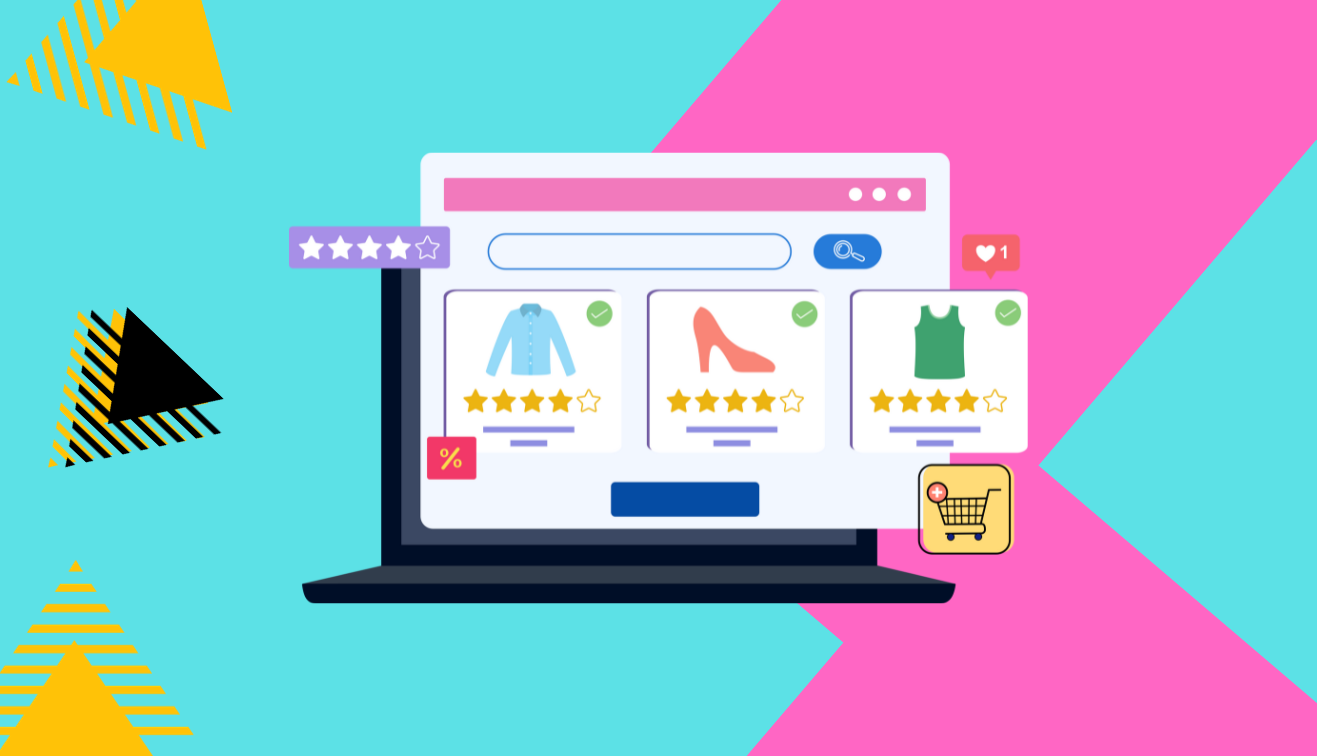
.jpg?w=3840&q=75)


.png?w=3840&q=75)


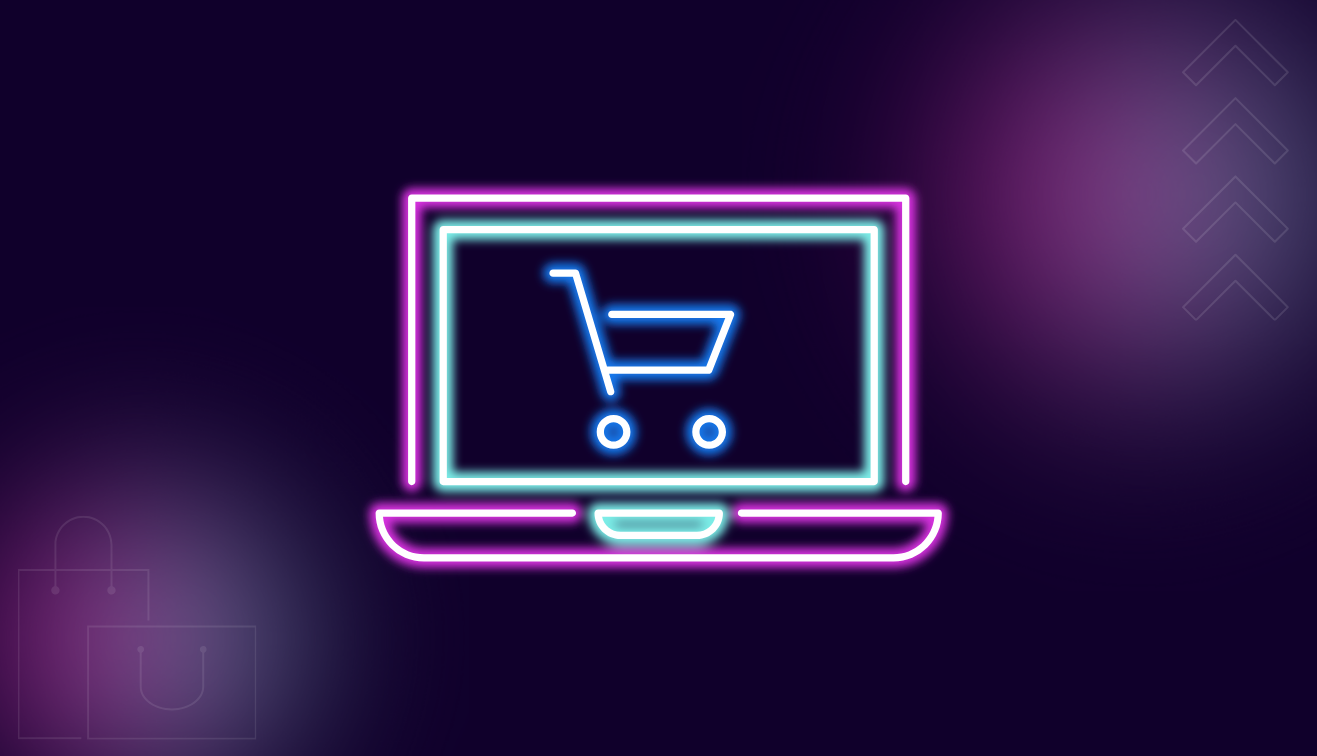
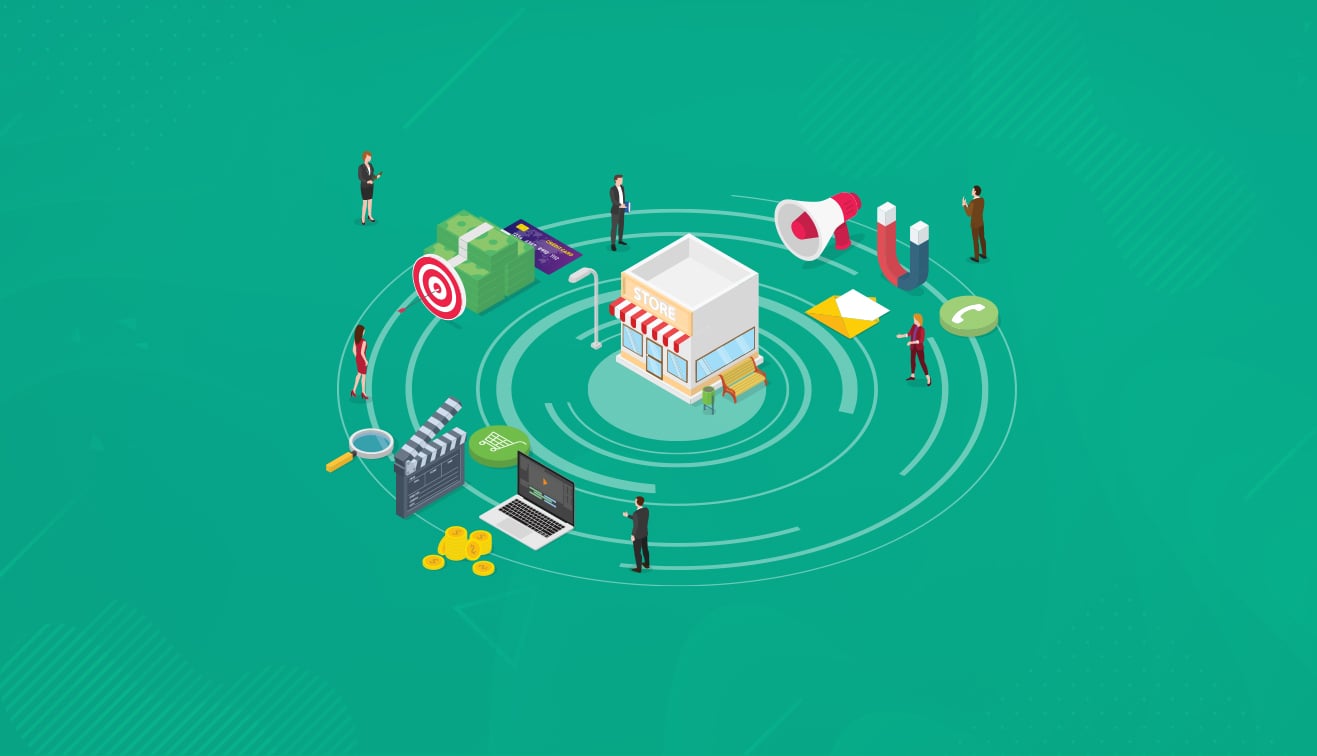
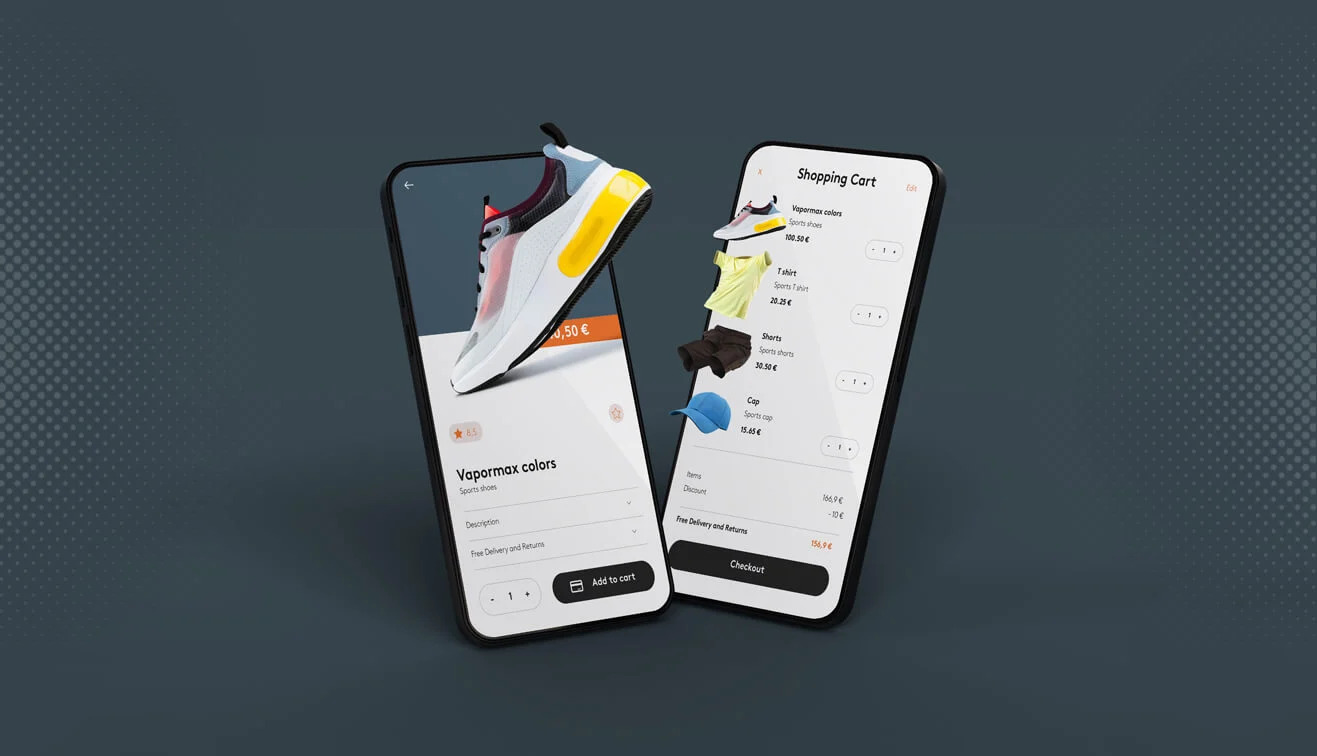




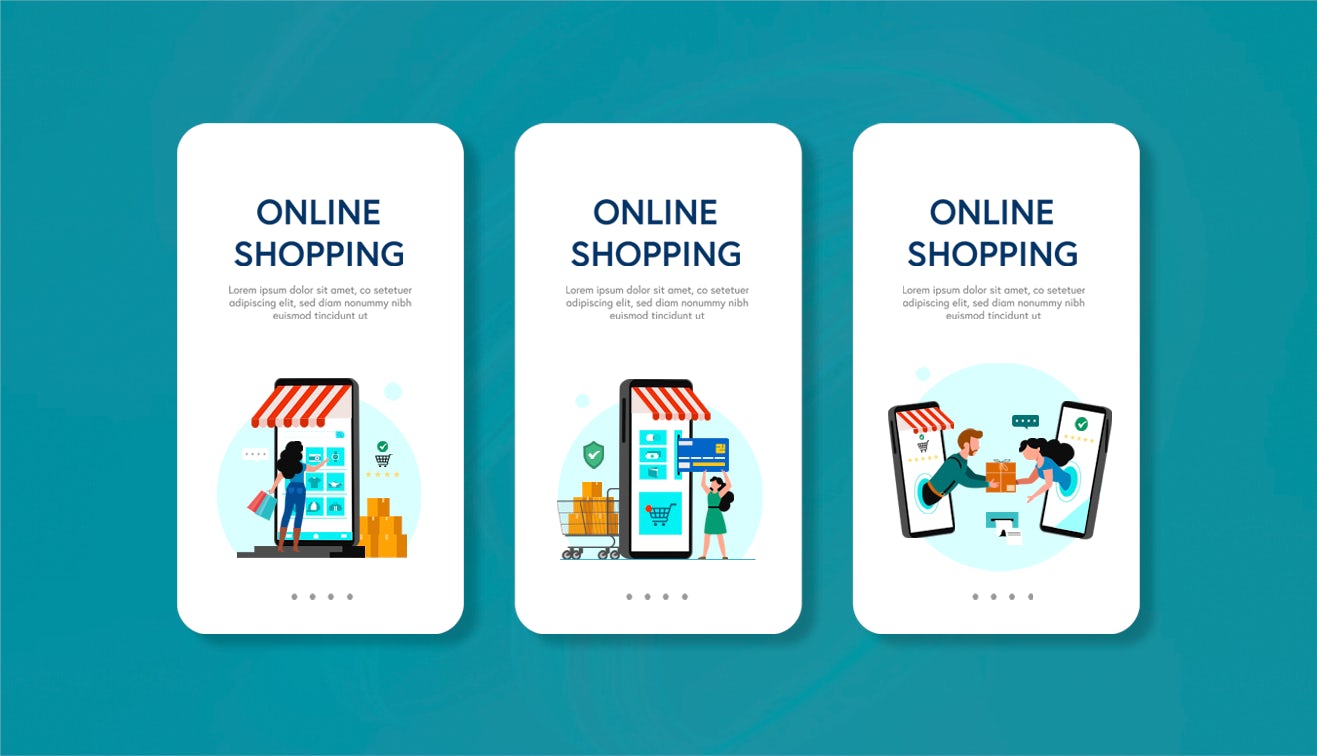
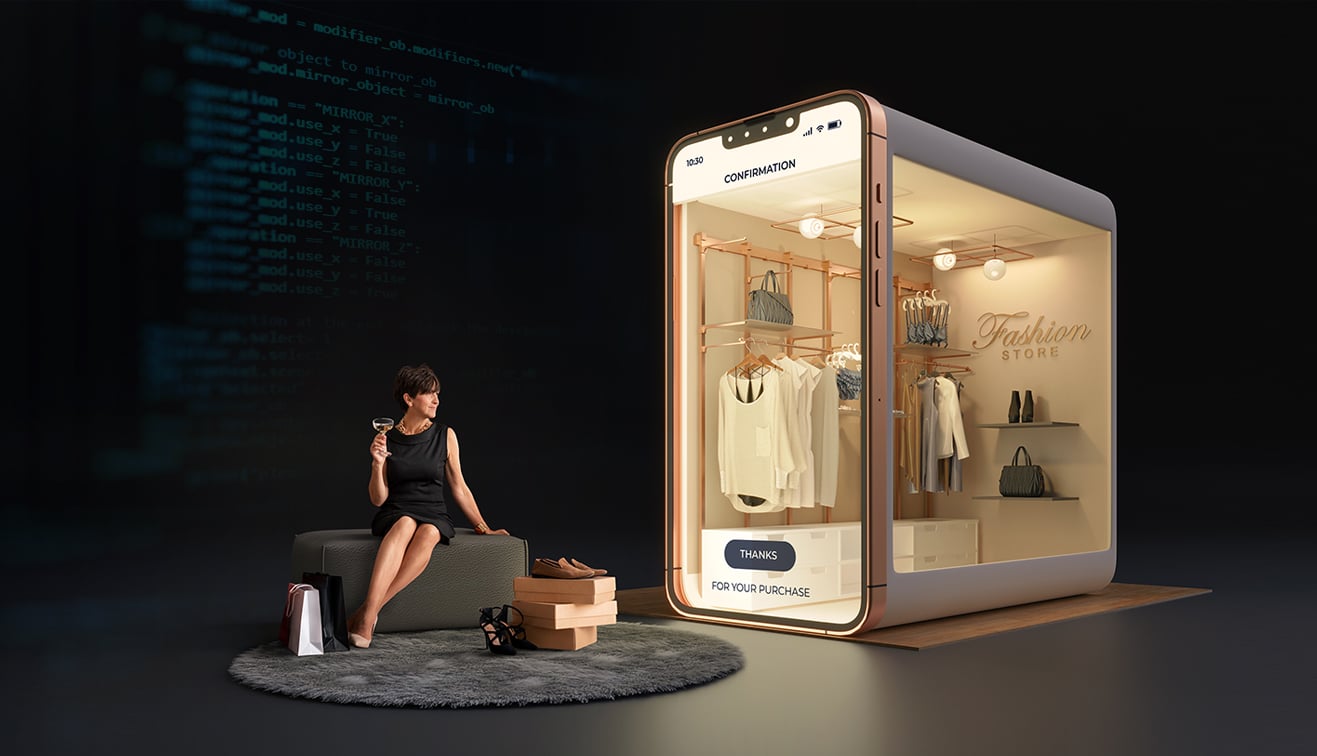
.jpg?w=3840&q=75)
